We all have to maintain our dog's hygiene through regular bathing, and caring for your dog’s aural hygiene should be included in this routine. Many dogs are fortunate to have healthy, self cleaning ears but others, especially breeds with floppier, closed ears, can be prone to build up of excess wax, dirt and debris. These build ups are regularly the cause of irritation and ear infections, so a good ear cleaning routine will help keep your dog’s ears in great condition.
While routine ear cleanings can contribute to your dog’s overall health, over cleaning can cause a lot more harm than good. It’s best to perform ear cleaning only as-needed so familiarise yourself with what your dog’s healthy, clean ears look like. Perform regular at-home checks of your dog’s ears so they get comfortable with the process, this way your dog will relax while you clean their ears.
Signs of possible ear infection can include redness, swelling, rashes, crustiness, excess moisture, or other discharge in the ear canal along with an unpleasant smell. Other symptoms can include excessive shaking of the head, ear scratching or rubbing ears on other surfaces.
Tools for the job

You don’t need a lot of equipment to clean your dog’s ears yourself. Ear cleaning can be messy so wear something old and work in an area that’s easy to clean. You’ll need:
Floofs Pet Ear Cleaning solution
Cotton balls
Cotton buds may be used if done so carefully
The Steps
Now that you have your ear cleaning kit, what’s the method?
The majority of dogs don’t enjoy having their ears cleaned, so it’s important to get them used to the sensation.
Some may dislike it so much they require a small amount of restraining, which we’ll explain below.

Position yourself to the side of your dog. Do this on the side opposite to the ear you are cleaning.
Massage the ear canal. If your dog will allow it, gently massage your dog’s ears to help them relax.
Gently secure your dog in place. Using your arms and weight, position yourself over your dog and gently hold them in place.
Using your free arm, fold their ear flap out of the way and expose their inner ear.
Swab with cotton buds (optional). You can also use cotton buds to clean the inner ear but DO NOT PLACE COTTON BUDS FURTHER INTO THE EAR THAN YOU CAN SEE.
Going too deep with a cotton bud can rupture the eardrum or pack wax and other debris further into the ear canal, leading to further problems and difficulty clearing the ear canal.

If the area of the inner ear which is meant to be hairless has a concentration of fur growing, it is a good idea to trim this back. Good air flow is imperative to maintaining clean and healthy ears.
Preventing Ear Infections
Routine cleaning of your dog's ears is imperative in preventing ear infections in those dogs most susceptible to them. Dogs with large, floppy ears tend to have the most problems with ear infections due to poor air flow creating a prime environment for bacterial growth. Breeds with a lot of hair in and around the ear opening may also be more prone to developing ear infections. Lifestyle also plays a role alongside genetic factors. Dogs that spend a lot of time in water, for example, are far more prone to ear infections. If you think your dog has an ear infection or if you don’t feel able to clean your dog’s ears, seek your vet’s assistance immediately.
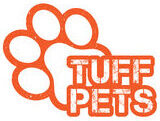
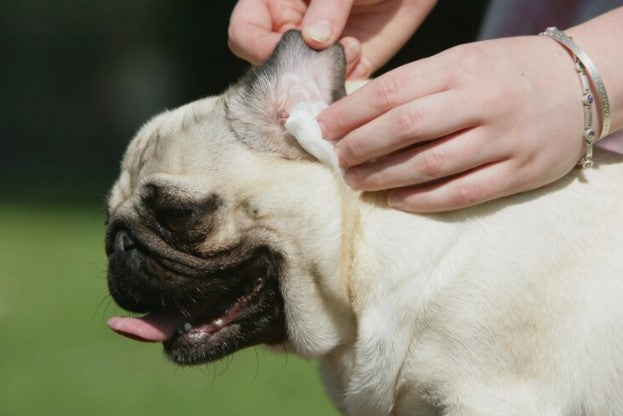
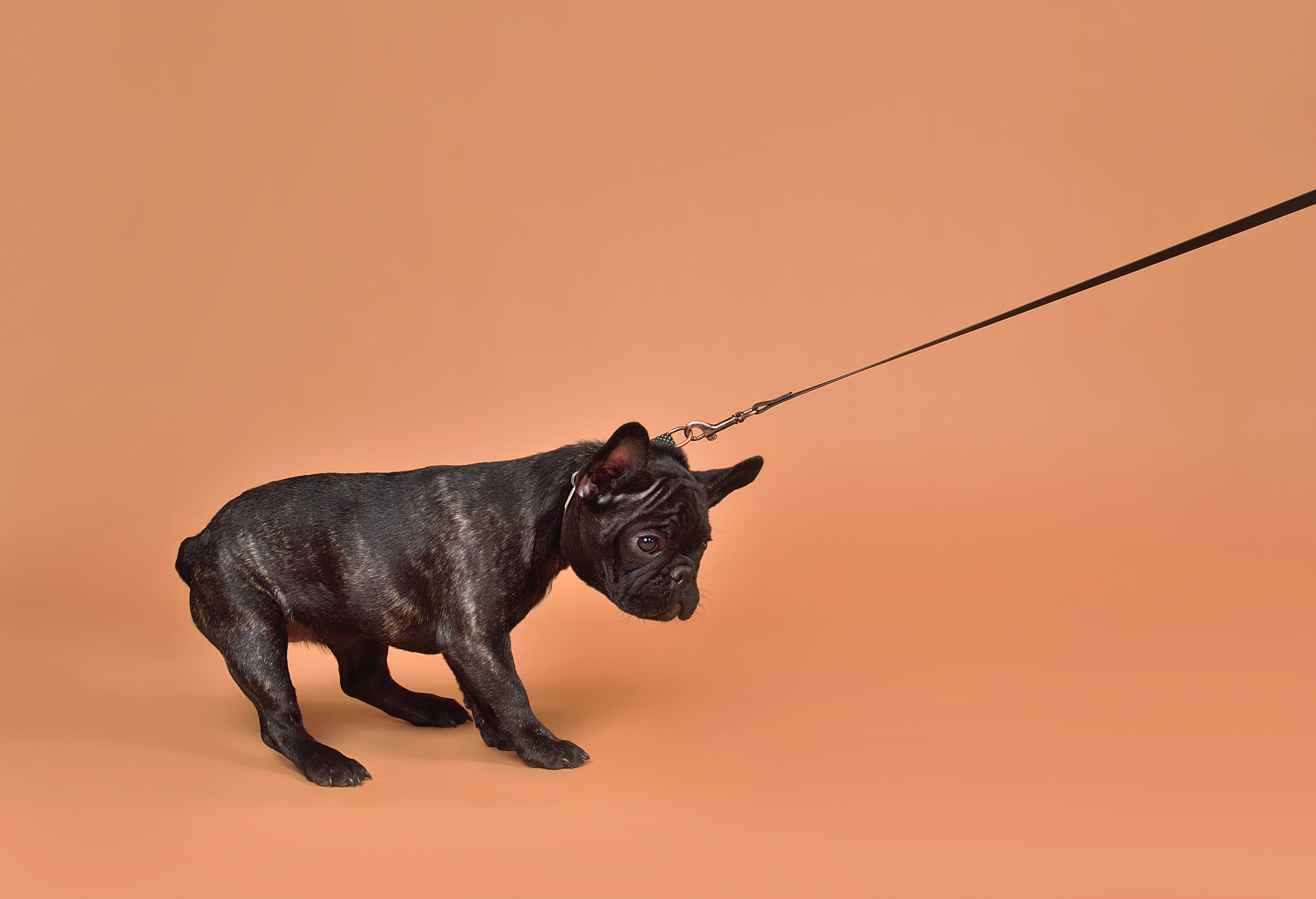
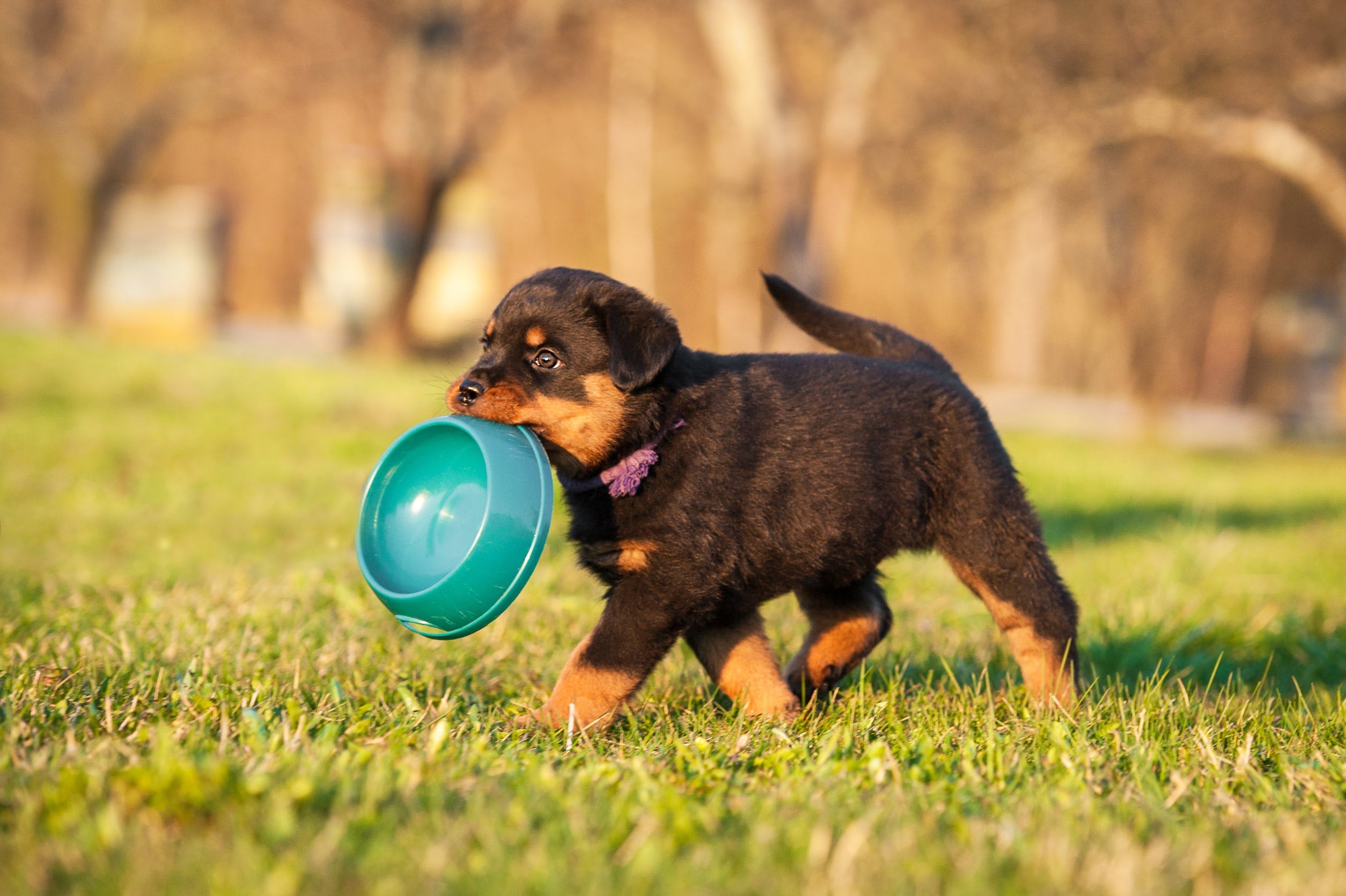
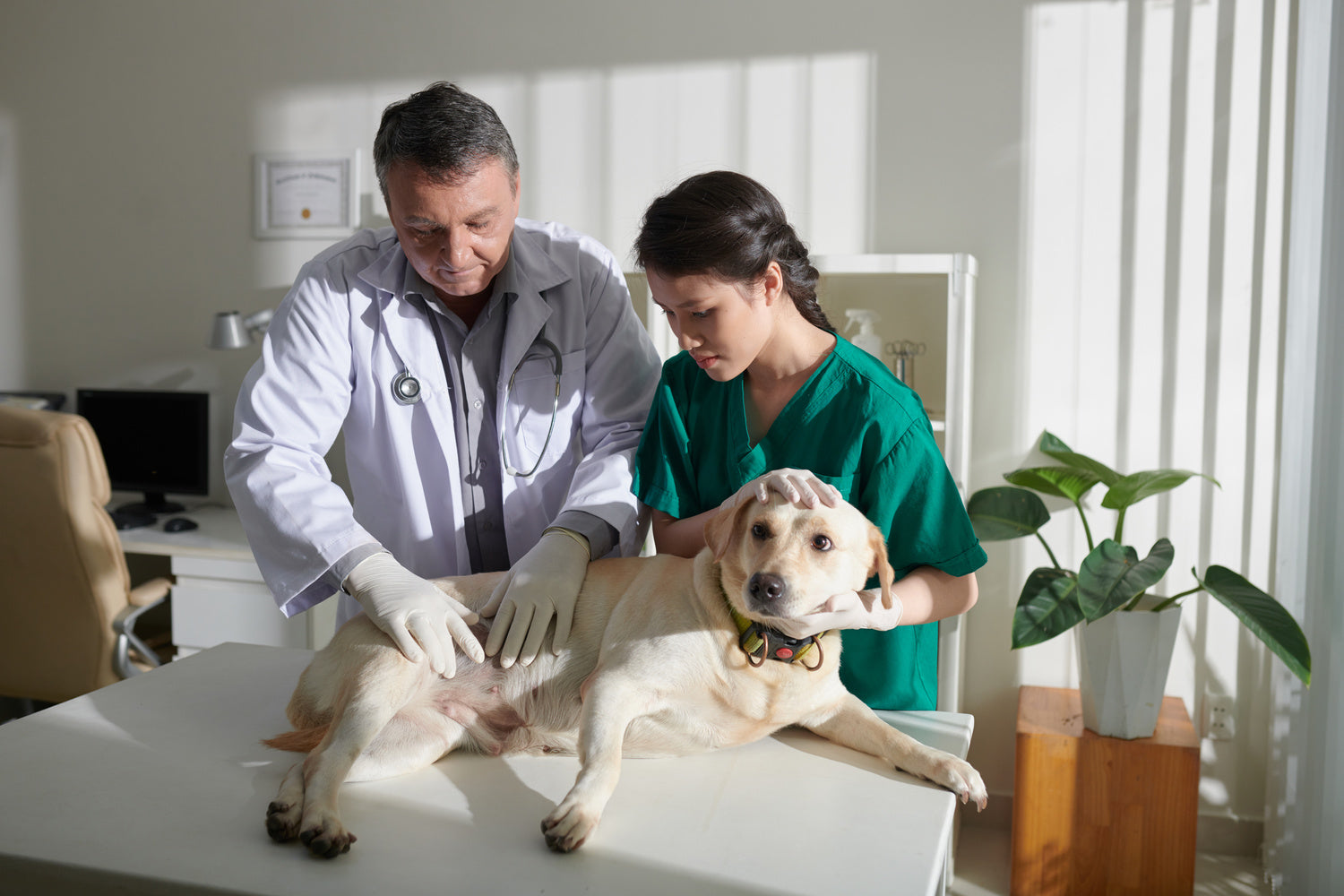
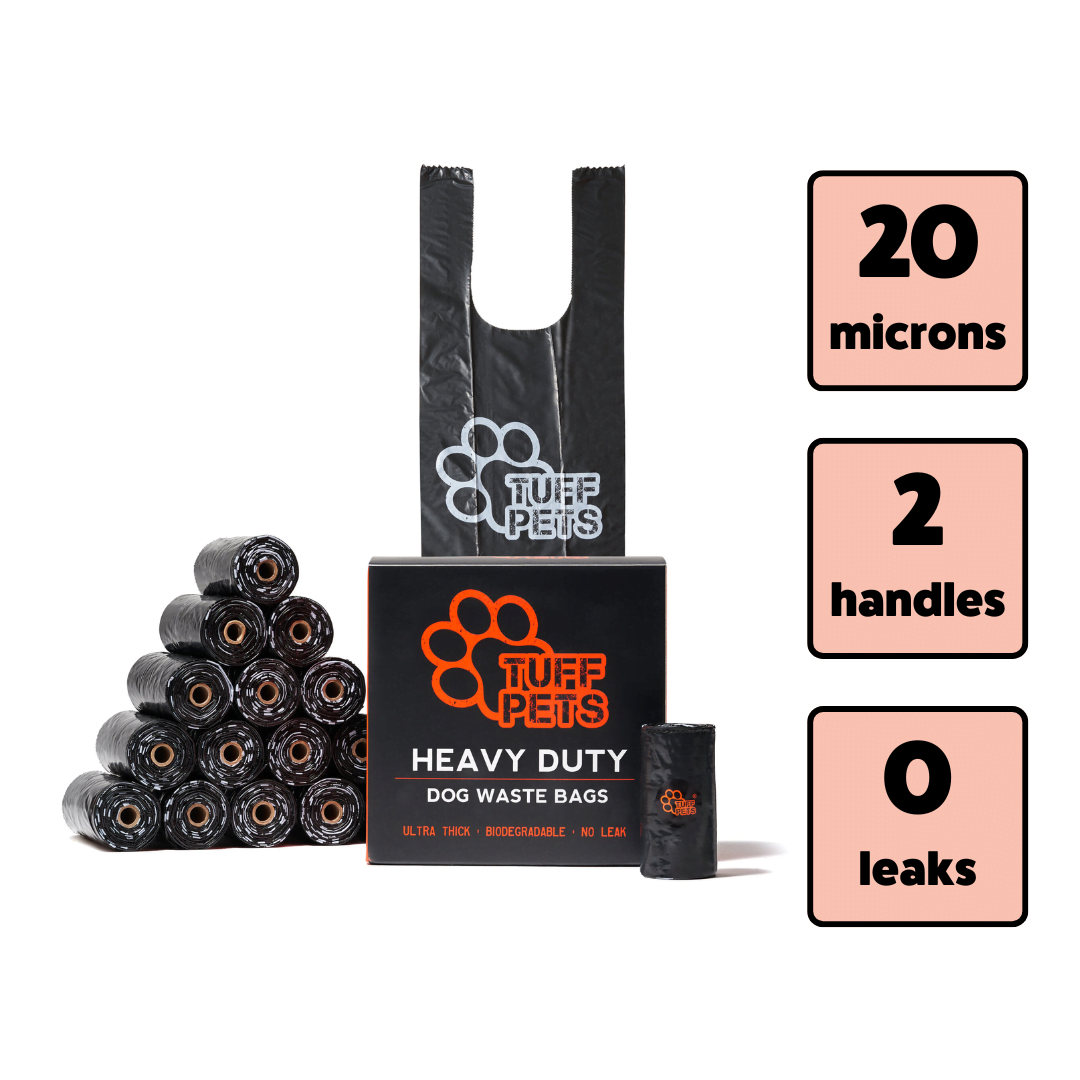
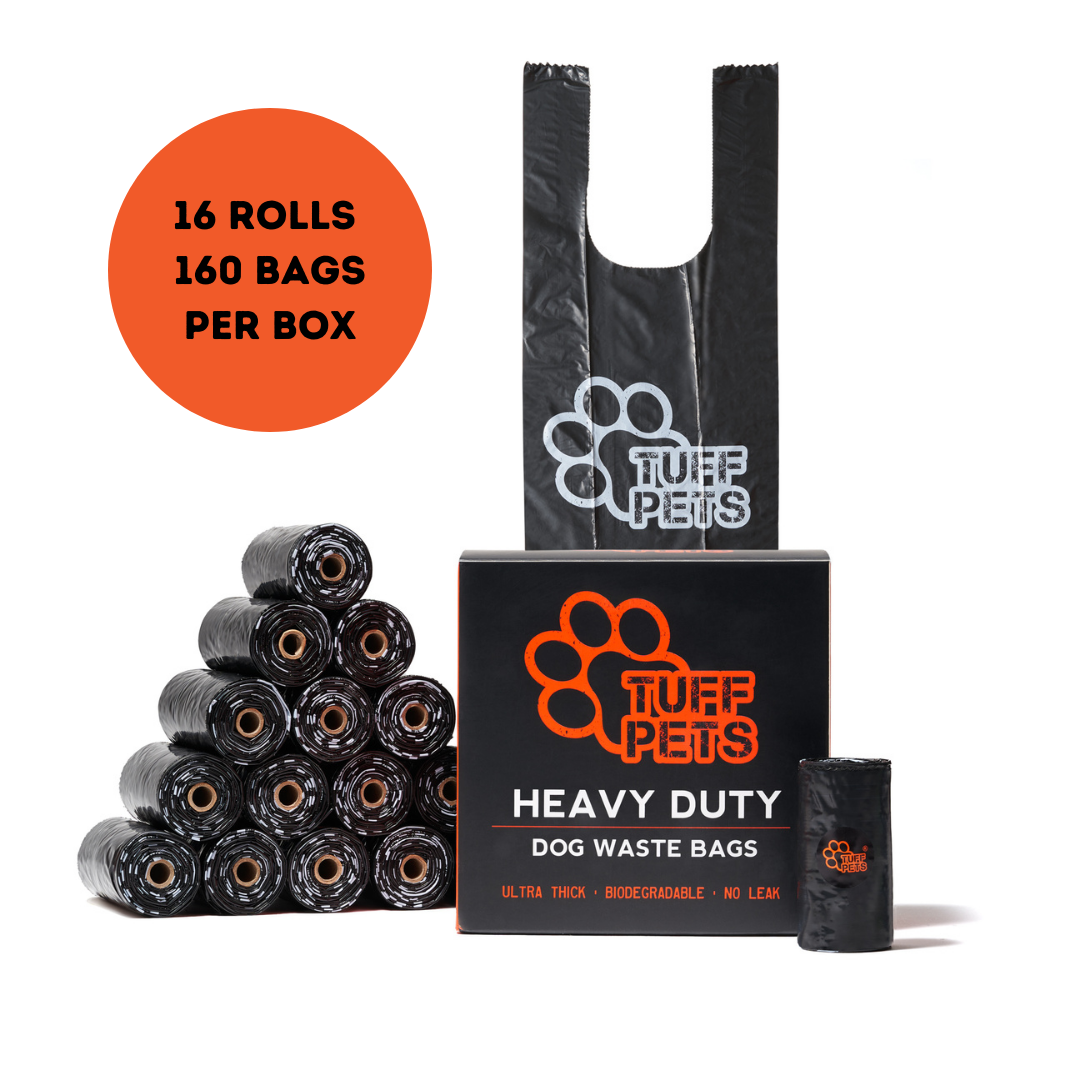
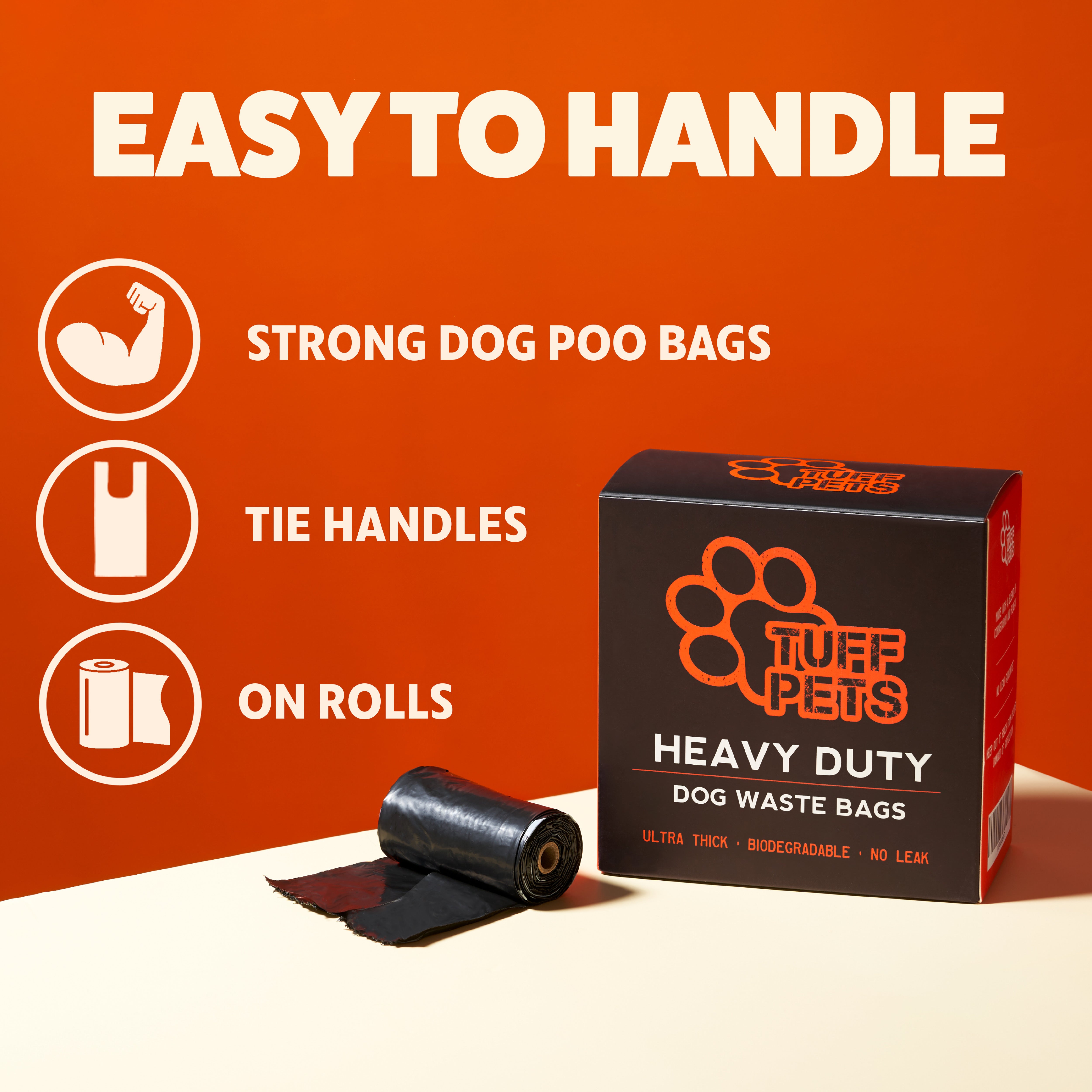
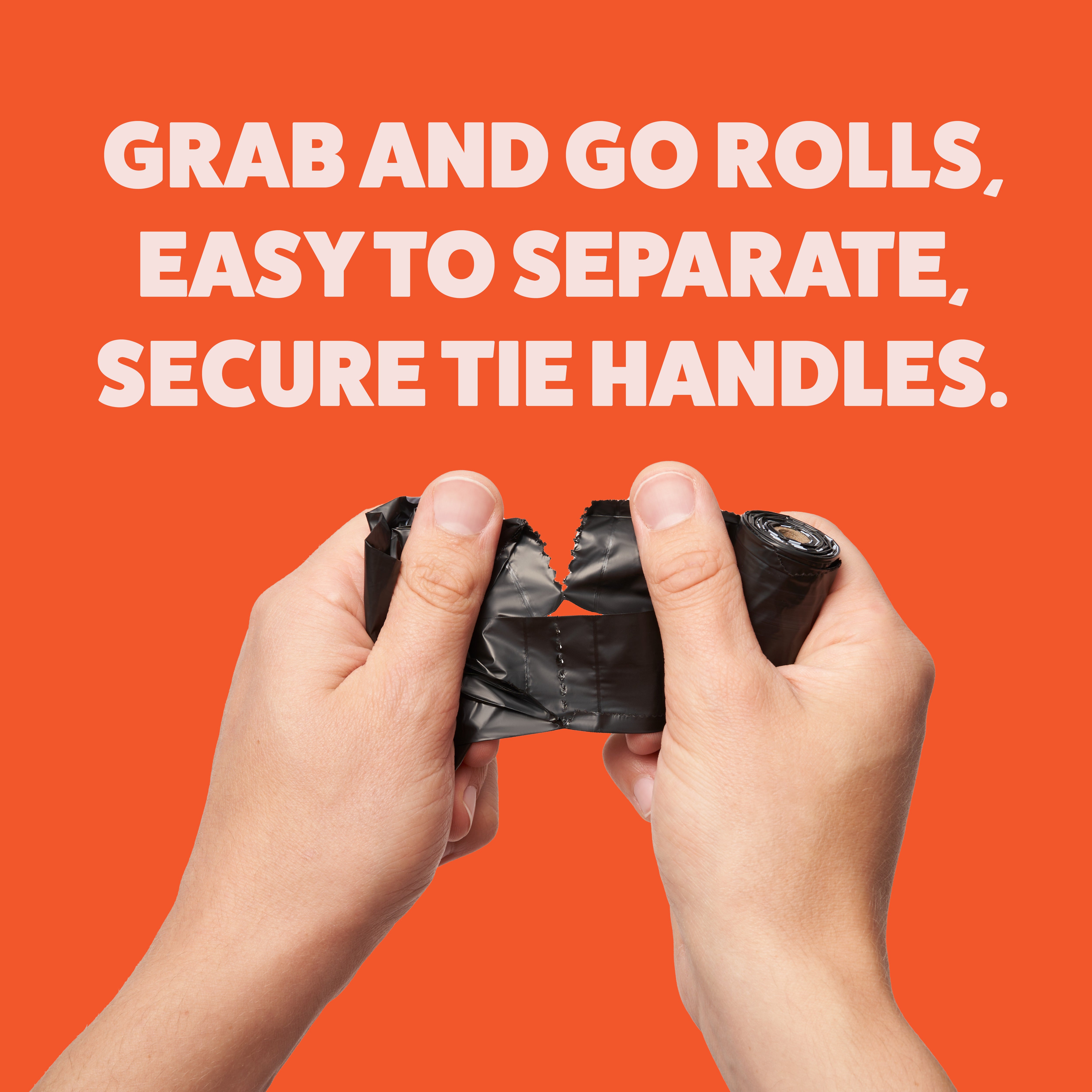
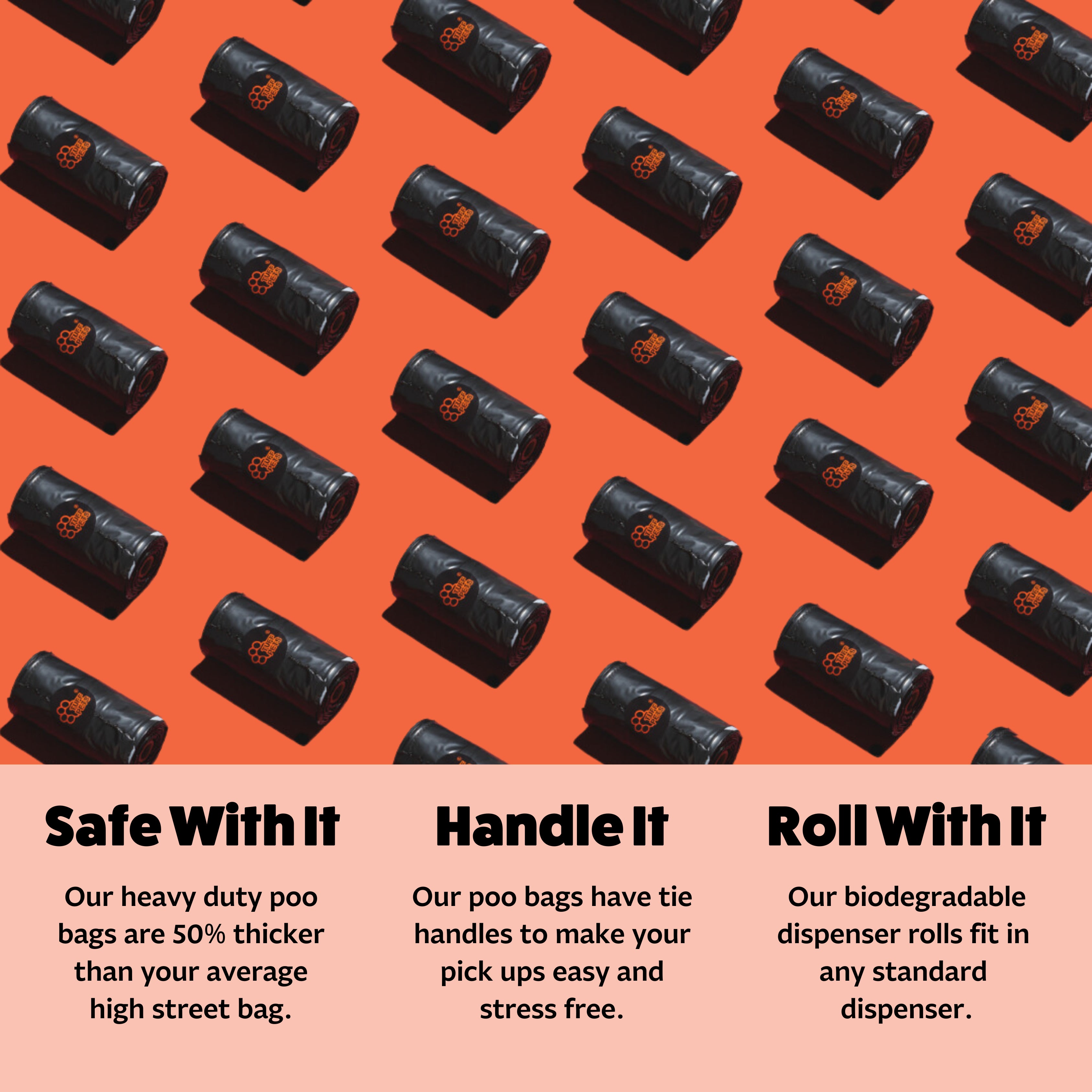
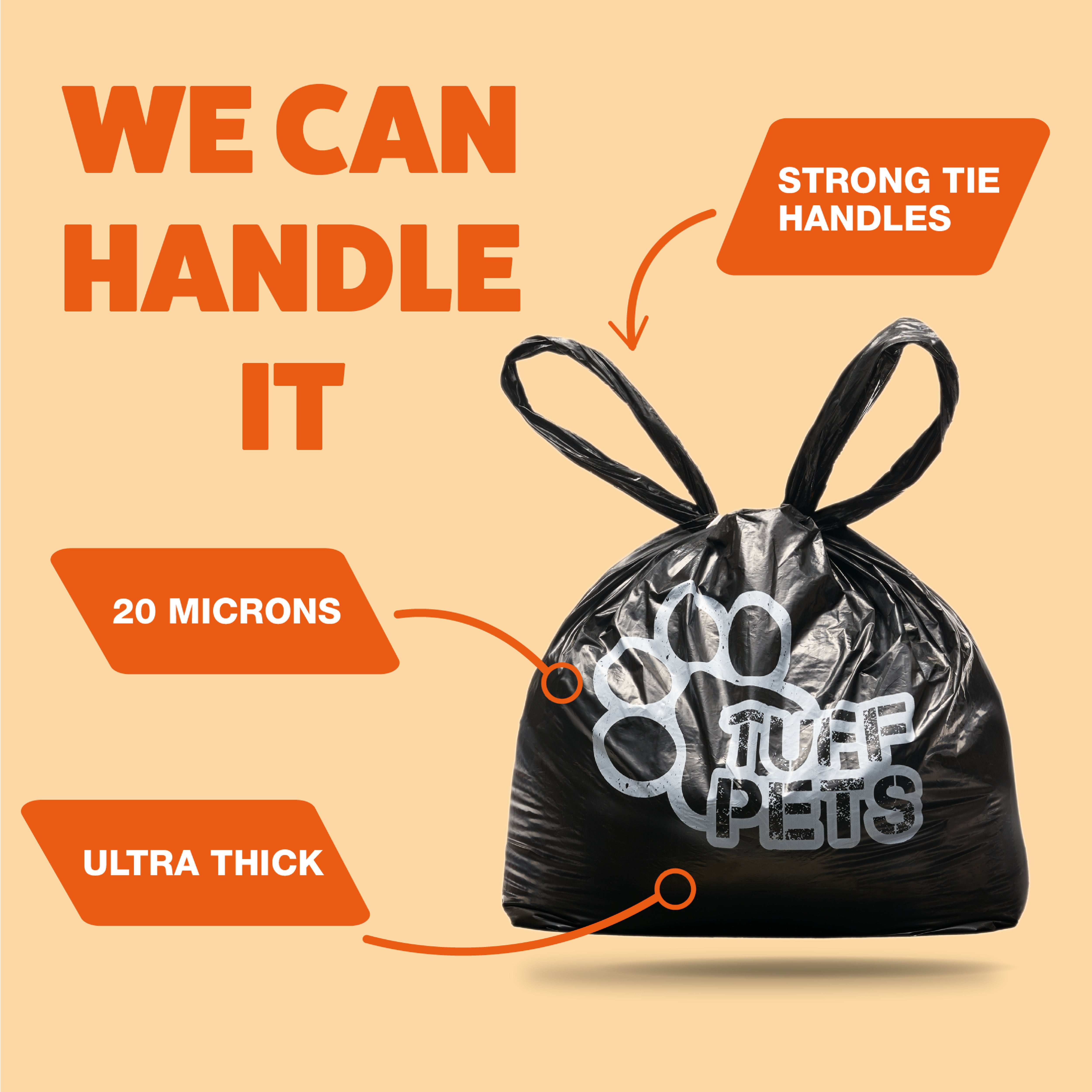
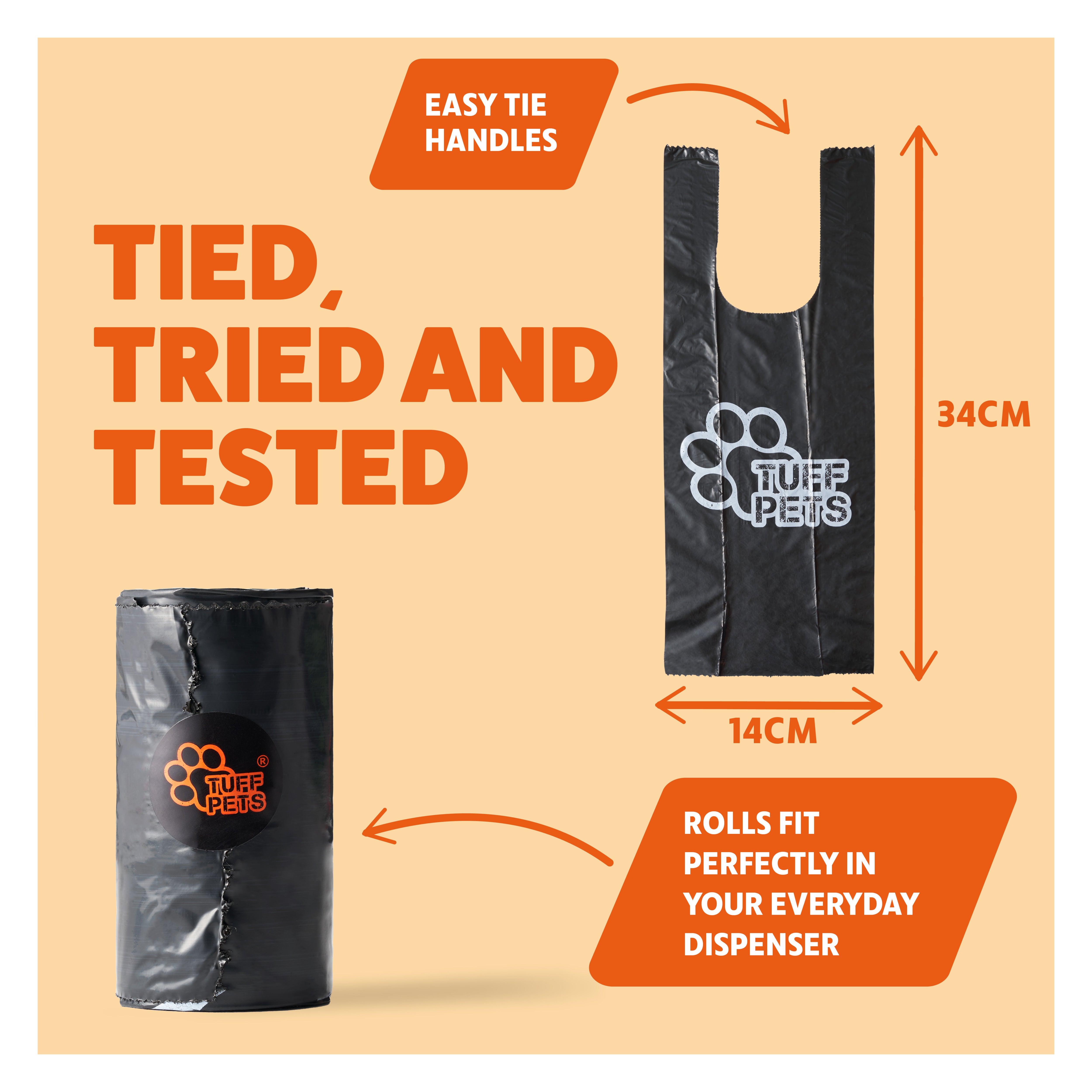
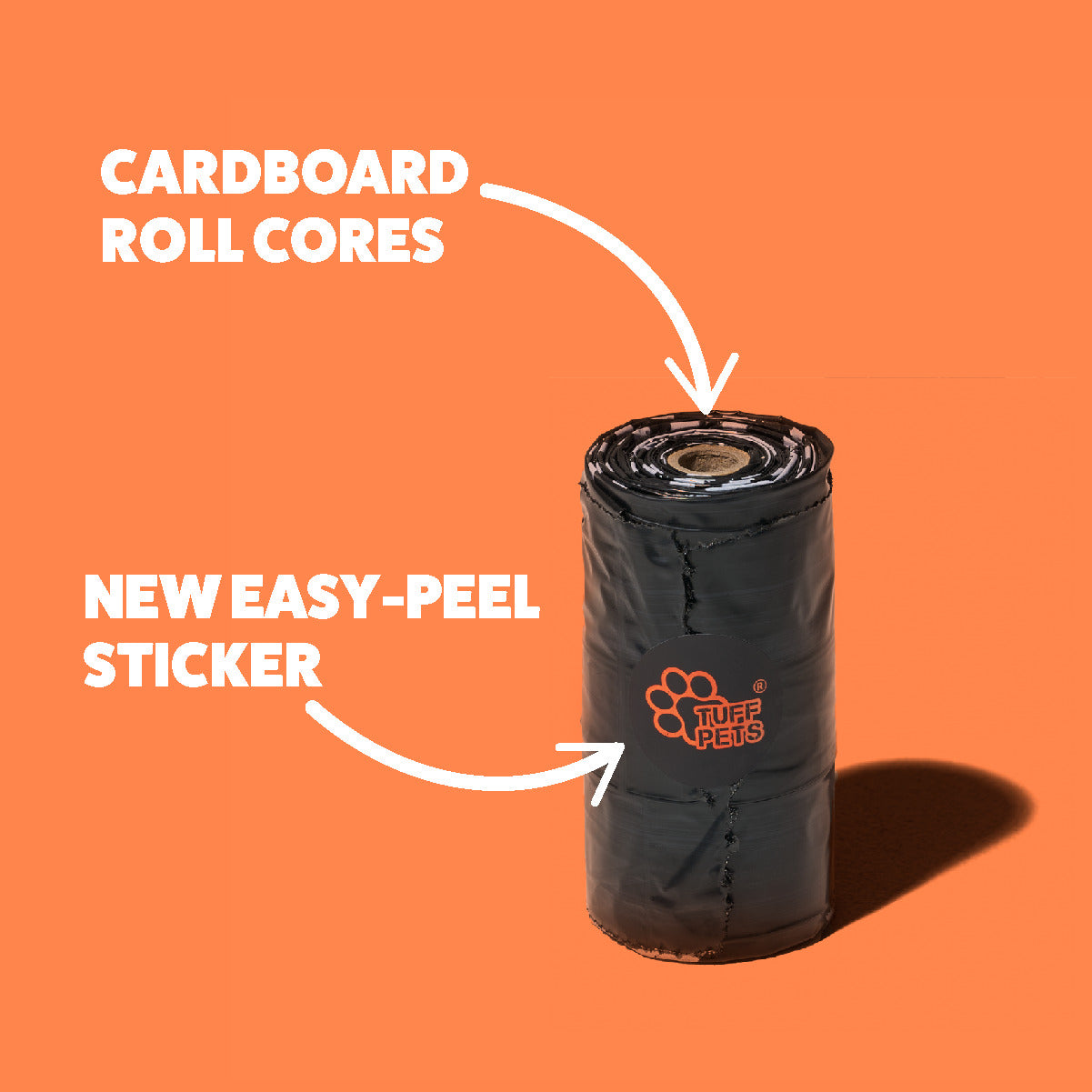
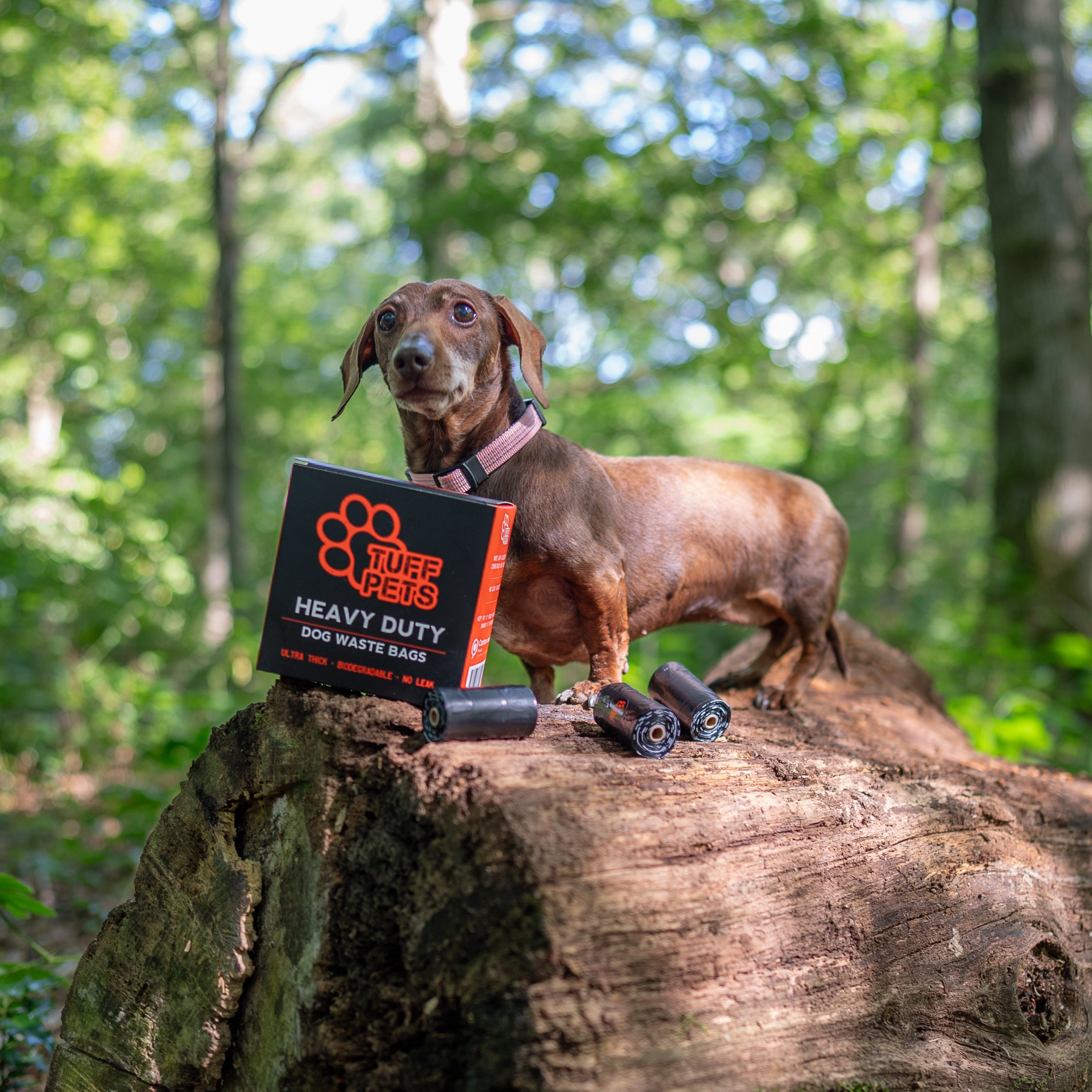
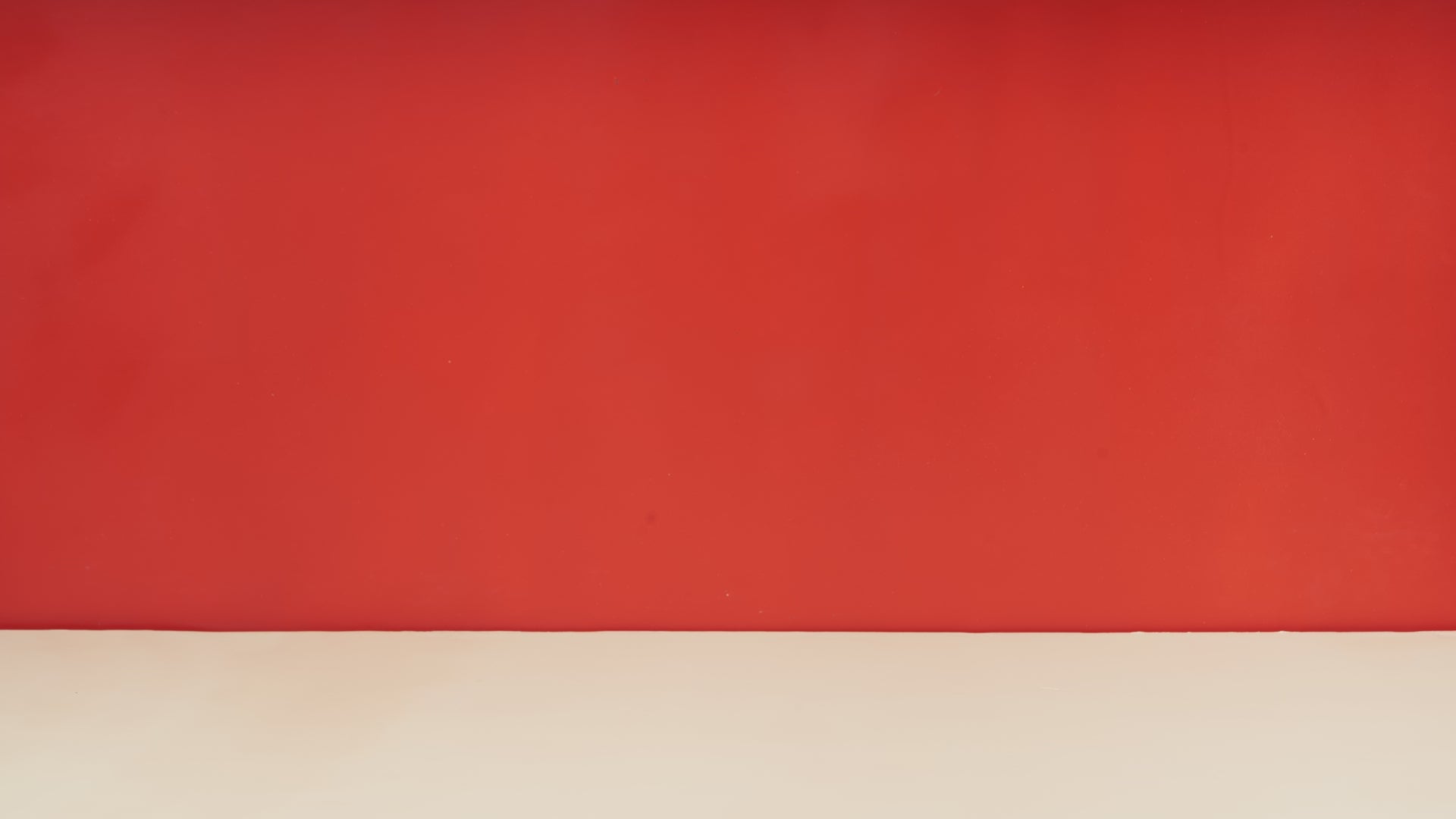

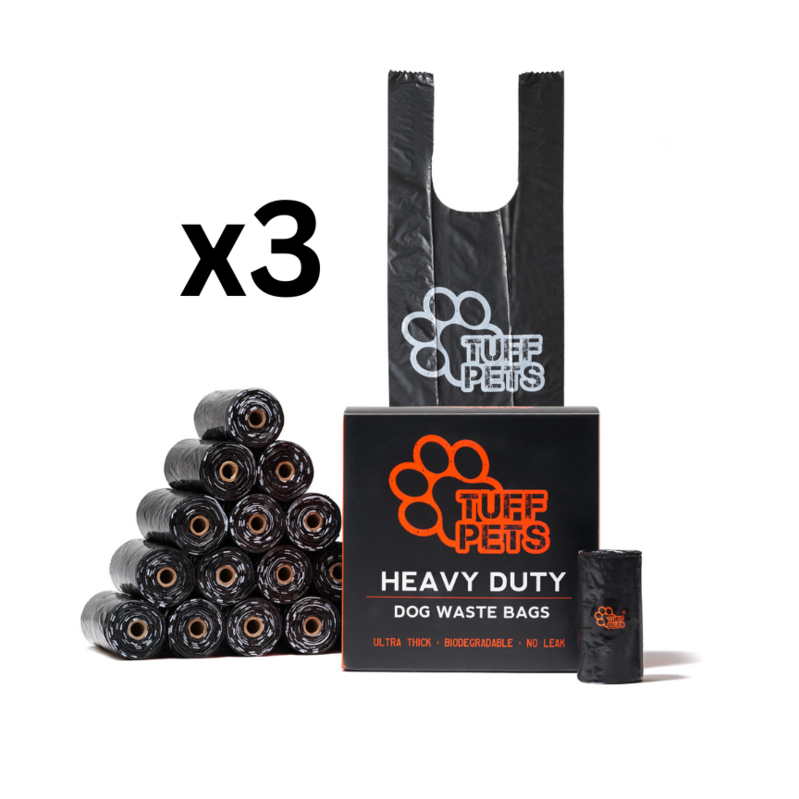
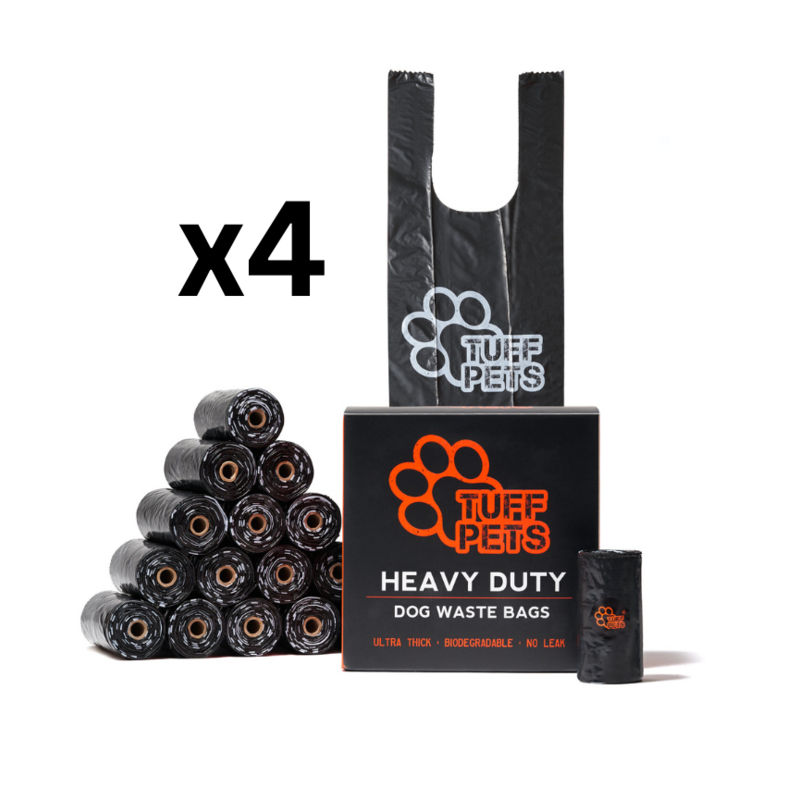
Share:
Reasons to stop feeding your dog Rawhide Immediately
Basic Rules When Toilet Training Your Puppy